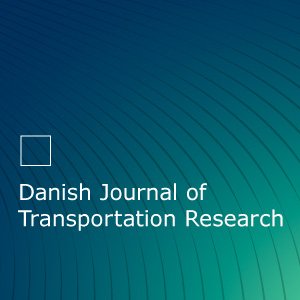How does the weather affect the shared bicycle usage?
DOI:
https://doi.org/10.5278/ojs.djtr.v1i0.3560Nøgleord:
Shared bicycles, bike, travel data, trips, modal share, weather, rain, temperature, factors, impact, travel patterns, city, Oslo, length, speed, heightResumé
The shared bicycle trips from Oslo in the 2017-season are analysed, showing shared bicycles usage, the daily and seasonally variations that exists, and how rain and temperature influences the use of shared bicycles. The trips are categorized by the speed, length and by the height difference of the trips. Linear regression analyses were conducted to understand how weather impacts differentiated types of trips differently during the hours of the day. There are daily and seasonally variances in how the shared bicycles are being used. The weather has an impact on the number of trips as well as the type of trips being made. Rain has a negative effect on the usage of shared bicycles. The number of long trips as well as the trips being made at a slow pace are the trip categories most affected by the rain, whereas trips made at a fast pace as well as trips during the morning rush hours are least affected. There is a correlation between higher temperatures and the number of shared bicycle trips being made, with the largest effect observed in the evenings. Warm weather has a greater positive impact on the number of trips being made at a slow pace than on the number of trips made at a fast pace. The information gathered is useful in contributing to the understanding of how the weather can affect the attractiveness of the soft modes and is also useful in transport planning on a larger scale.
Downloads
Publiceret
Citation/Eksport
Nummer
Sektion
Licens
Artikler publiceret i "The Danish Journal of Transportation Research - Dansk Tidskrift for Transportforskning" er licenseret under en Creative Commons Navngivelse-IkkeKommerciel-IngenBearbejdelse 3.0 Unported Licens.
Forfattere bevarer deres ophavsret og giver tidsskriftet ret til første publicering, samtidigt med at værket er omfattet af Creative Commons Attribution-licensen: Navngivelse – Ikke-kommerciel - Ingen Bearbejdede Værker (by-nc-nd). Læs om licensen på http://www.creativecommons.dk/om/.

